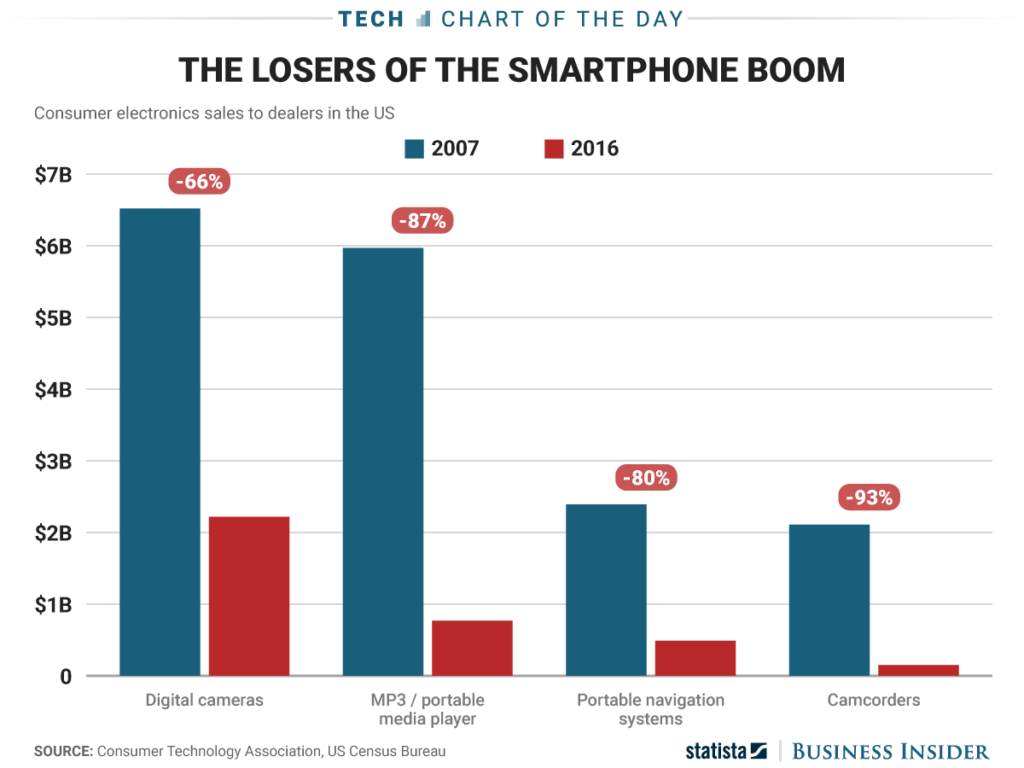This morning’s Observer column:
In the bad old days of the cold war, western political and journalistic institutions practised an arcane pseudoscience called Kremlinology. Its goal was to try to infer what was going on in the collective mind of the Soviet Politburo. Its method was obsessively to note everything that could be publicly observed of the activities of this secretive cabal – who was sitting next to whom at the podium; which foreign visitors were granted an audience with which high official; who was in the receiving line for a visiting head of state; what editorials in Pravda (the official Communist party newspaper) might mean; and so on.
The Soviet empire is no more, much to Putin’s chagrin, but the world now has some new superpowers. We call them tech companies. Each periodically stages a major public event at which its leaders emerge from their executive suites to convey messages to their faithful followers and to the wider world. In the past few weeks, two such events have been held by two of the biggest powers – Google and Apple. So let’s do some Kremlinology on them…


